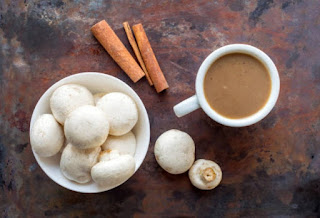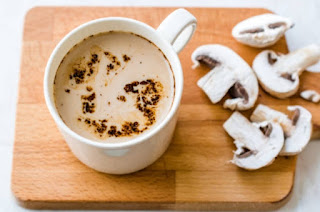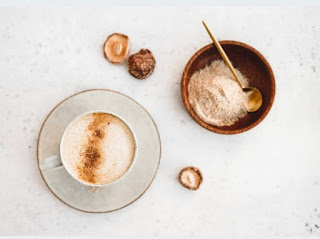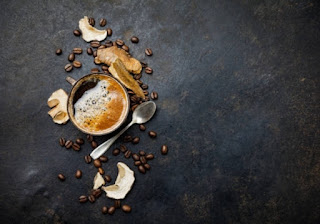Benefits, drawbacks, and preparation:
Anyone who thinks mushroom coffee is just a cheap alternative for coffee is mistaken: coffee beans infused with a variety of medicinal mushrooms are supposed to provide health benefits. A mushroom extraction It's usually sold as instant coffee, which requires just the addition of hot water to brew.
The terms "medicinal mushrooms" and "medicinal mushrooms" are neither legally defined nor protected, according to the consumer advisory centre. The names are based on the mushroom's marketing. They are, in essence, dietary supplements that do not come under the category of German-approved drugs.
The history of medicinal mushrooms: For thousands of years, traditional Chinese medicine (TCM) has used medicinal mushrooms for mycotherapy (mushroom therapy). Some are supposed to boost the immune system, while others are said to decrease blood sugar or even cure cancer. The natural cure is well-known in China, and it has a lengthy history.
Who had the bright notion to make coffee out of it?
Mushroom coffee is said to have originated in Europe rather than China, according to the BZfE (Federal Center for Nutrition). Due to the scarcity of regular coffee during WWII, a coffee substitute was created from the Schiefen Schillerporling (also known as Chaga). In Finland, chaga coffee was very popular. The fungus is mostly found on old birch trees in Nordic nations, although it can also be found in Germany. In this essay, we'll go through the many types of mushrooms used in mushroom coffee, their benefits, and drawbacks.
In mushroom coffee, what kinds of mushrooms are used?
Mushroom coffee cannot be made using traditional edible mushrooms. The most often used medicinal mushrooms originate in China, where they are also imported. In Traditional Chinese Medicine, the Shiny Lackporling (Ganoderma lucidum), also known as Reishi, is known as the "mushroom of immortality" and is used to treat a wide range of ailments.
Reishi in cancer research is discussed at the Munich Tumor Center:
The researchers discovered that patients were more likely to respond to chemotherapy and radiation therapy in multiple minor studies. After the treatment, the test participants reported having a higher quality of life than the control group. However, the researchers were unable to demonstrate that the fungus caused the tumours to shrink in size. In specialised circles, however, the research conducted are not regarded conclusive enough. It has, however, been proven to have an antihypertensive effect as well as a reduction in blood cholesterol levels.
In Traditional Chinese Medicine, the butterfly tramete (Trametes versicolor) is used to treat lung problems. The fungus includes a component called polysaccharide krestin (PSK), which has been found in trials to help with cancer healing. Other therapeutic effects have not been studied in depth. The butterfly tramete is illegal and unmarketable in Europe since it is deemed a new type of food.
The crooked Schillerporling mushroom (Inonotus obliquus), sometimes known as Chaga mushroom, is reported to have a variety of medicinal properties. Numerous studies have been conducted on him. According to Medizin-Transparent, investigations demonstrating a good health benefit were conducted in laboratory testing or on animals. One should not draw any judgments about the influence on humans based on these findings.
Furthermore, possible negative effects are known from the oxalate content, according to Medizin-Transparent. An increased dose of Chaga powder over a lengthy period of time caused renal damage in one person. Other medicinal mushrooms include the Chinese caterpillar mushroom (Ophiocordyceps sinensis), Shiitake (Lentinula edodes), Maitake (Grifola frondosa), almond mushroom (Agaricus blazei murrill), and the mushroom (Agaricus blazei murrill) (Agaricus bisporus).








إرسال تعليق